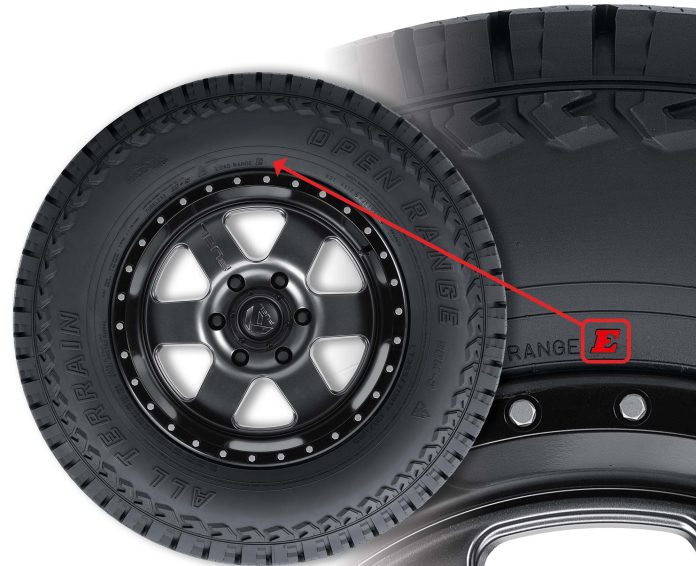The random numbers on a tire carry valuable specifics that can help you buy the correct unit for your car. Let’s take a look at the tire load index.
While many tires look the same, the quality might vary significantly. Different tires come with different specifications. You can check these by looking at the random alphabet and numbers on the side of your car tire. Learning about these details can help you purchase the correct tire for your car and save extra costs in the future. Next time you purchase a tire online or offline, learn more about the tire load index. Let us take you through how to use Tire Load Index Chart and how to use it:
Tire Load Index
The tire load index essentially indicates the load-carrying capacity of a tire (when properly inflated). In other words, it helps you determine how much weight it can support. For example, if you buy a tire with a lower tire index, your car will not support its original weight. The tire load index is displayed in kilograms or pounds. It is written on the side of the tire next to the load range. It is to be noted that the load index is different from the load range. The load range shows the construct of the tire. Unlike the load index, it is not precise.
How To Find Tire Load Index
The load index is represented in numbers. For example, you might see something like P183/70R11 68S on the side of your tire. Here, P means the Tire Class. While the Section Width is 183, the aspect ratio is 60. The R represents Tire Construction. The Tire Diameter and Tire Load Index (Maximum Carrying Capacity) are 11 and 68, respectively. The S represents Speed Rating (Maximum Speed Capacity). The tire load index tells you the maximum weight the tire can safely carry when it’s well inflated.
It is advisable to replace your tire with a higher or similar load index to the Original Equipment (OE) tire. You can check the load rating recommended by the manufacturer on the owner’s manual. Using a tire with a lower load index than the original will most likely lead to an overload and wearing out the tire prematurely. Since the Tire load index ratings are based on the maximum fill pressure, a load index chart can help you translate the tire’s load index to weight. For example, a tire with a tire load index of 125 can carry up to 3638 lbs (1650 Kg).
How To Use Tire Load Index Chart
Newly manufactured tires are tested to ensure that they meet and exceed the selected load capacity. Once a tire passes all tests, it is assigned a load index number denoting its maximum load rating. For example, a tire load index of 111 means the vehicle can support 2403 pounds (1090 Kg) at maximum pressure. To find the maximum load-carrying capacity of your car, multiply the load capacity of one tire by four tires. That is 2403 x 4 = 9612 pounds (4360 Kg).

